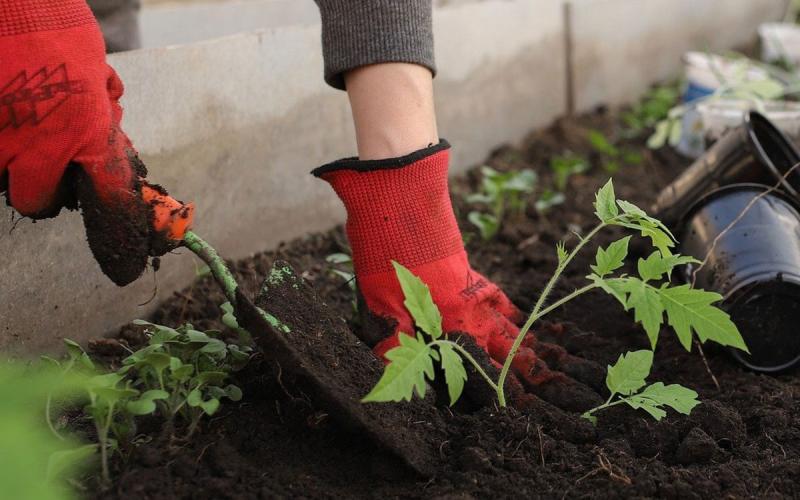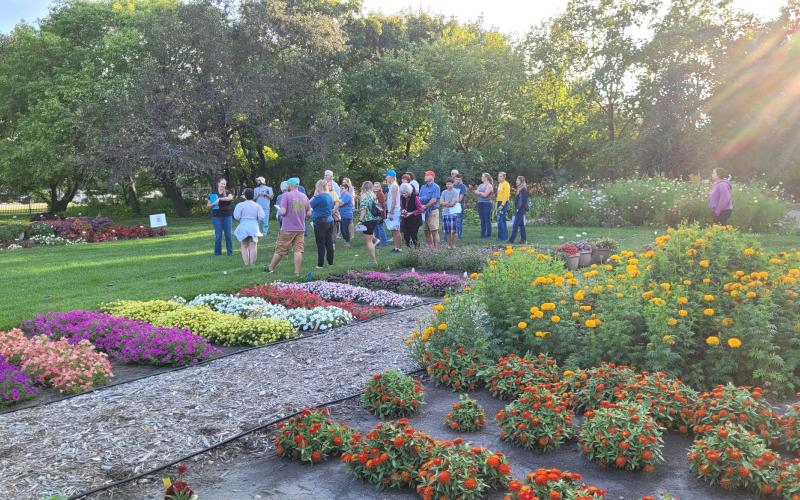The one time of year that almost all gardeners look forward to is the arrival of the first new garden catalogs of the year. These usually start arriving right in December with the real flood of colorful catalogs showing up in our mailboxes after the beginning of the New Year.
Our Experts
How to Grow It
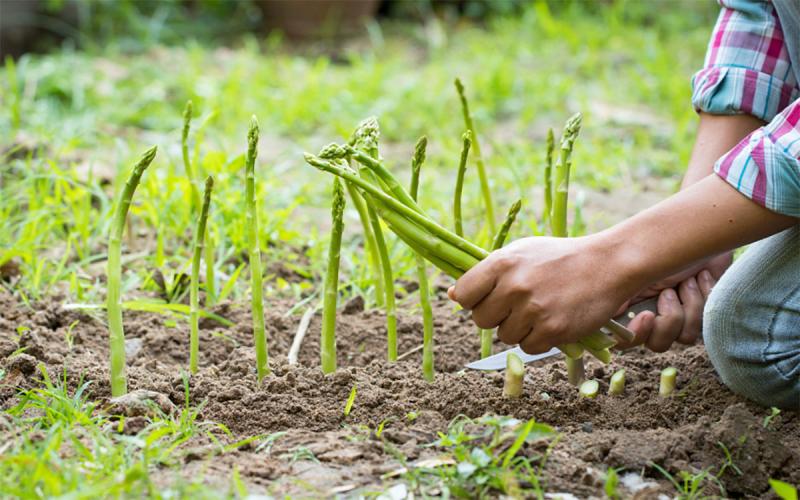
Asparagus: How to Grow It
One of the joys of spring is fresh asparagus. With a little attention, this perennial vegetable can flourish in your garden. Learn some expert tips for planting, growing, and harvesting it in this resource!
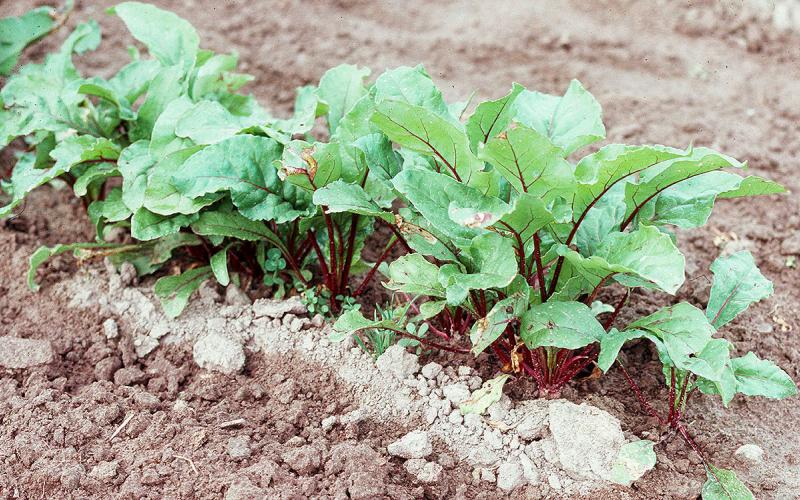
Beets: How to Grow It
Beets are commonly grown for their bulbous roots, but their tops can also be harvested for greens, and they are an excellent source of Vitamin A as well as calcium. They grow best in the cooler temperatures of spring or fall.
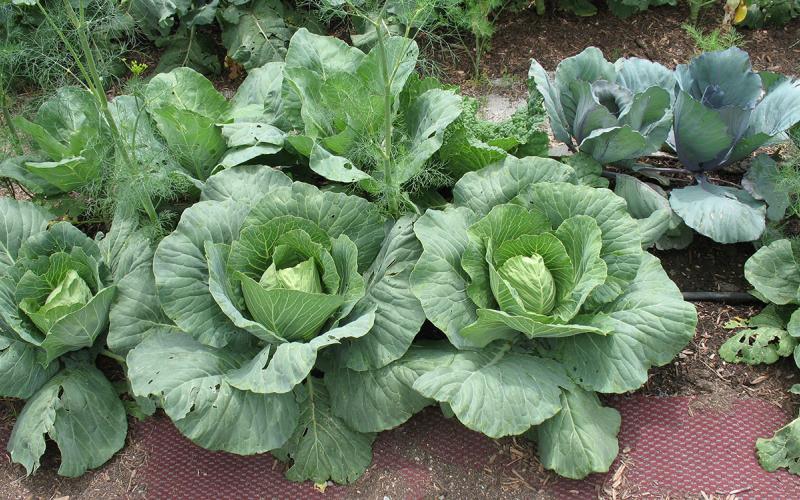
Cabbage: How to Grow It
Cabbages are cool-season crops, very closely related to broccoli, cauliflower, kale, kohlrabi and brussels sprouts.

Carrots: How to Grow It
Carrot is a hardy, cool-season vegetable. Carrots are eaten both raw and cooked and they can be stored for winter use.

Cucumbers: How to Grow It
Some cucumber varieties form long vines that may ramble or be trellised. Others are bush types that fit more easily into a small garden or even a large container.
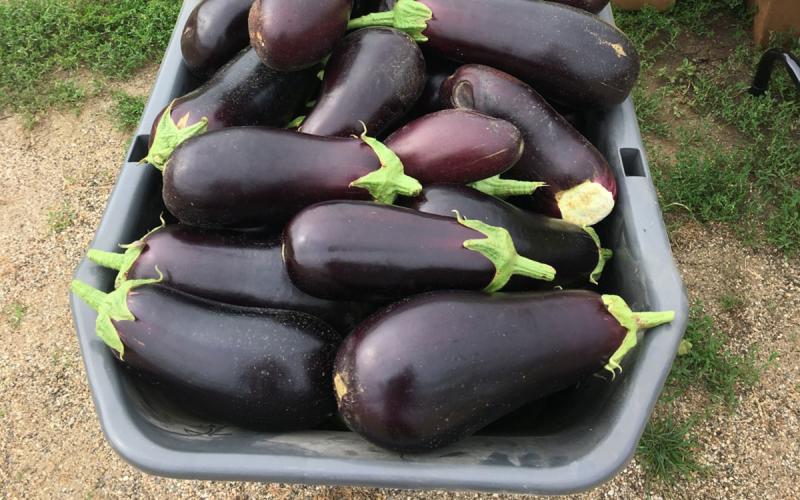
Eggplant: How to Grow It
Eggplant has culinary versatility, beautiful flowers and colors, and abundant yields. Learn some expert tips for planting, growing, and harvesting it in this resource!
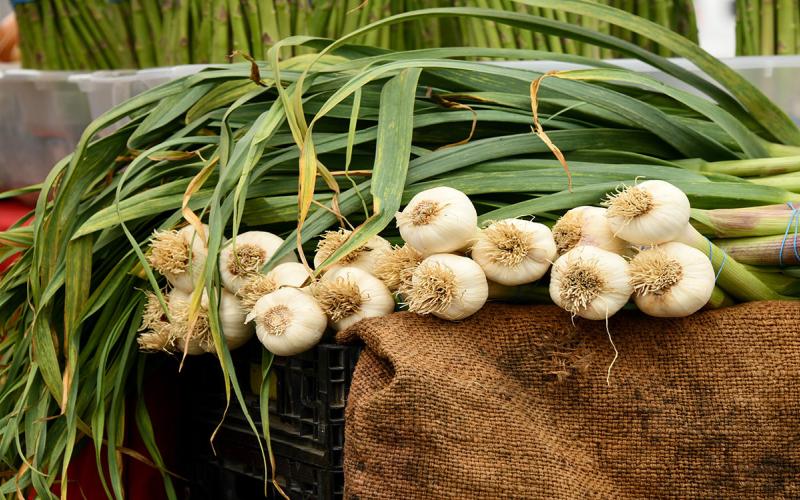
Garlic: How to Grow It
Garlic is a versatile garden vegetable with countless varieties and culinary uses. Learn some expert tips for selecting, growing and harvesting garlic in this resource!
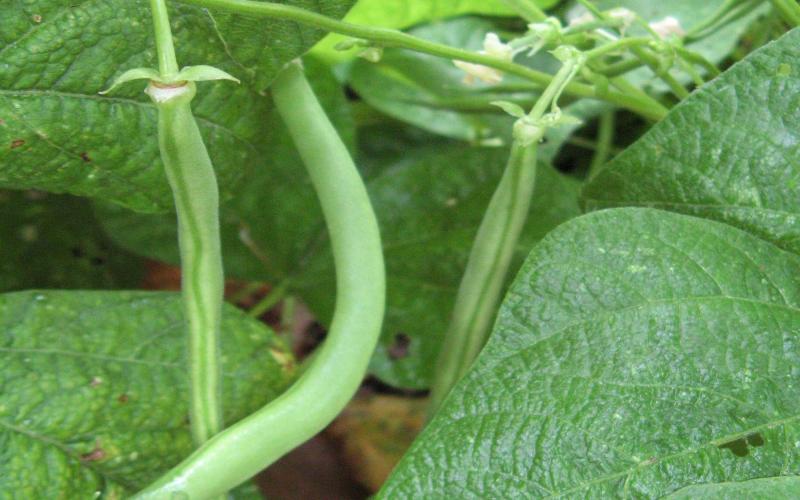
Green Beans: How to Grow It
Snap beans, also called “green beans” or “string beans” (although most modern varieties do not have strings) are harvested when the pods contain immature seeds, and the pods are still succulent.
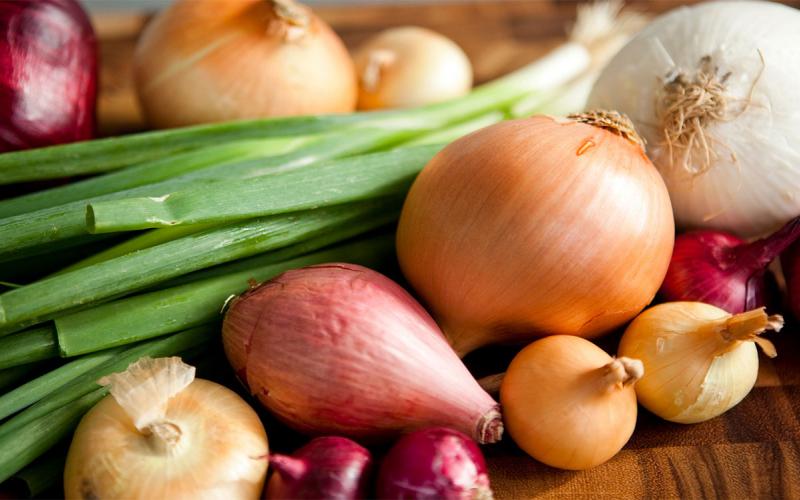
Onions: How to Grow It
Onions are a classic, flavorful addition to any home vegetable garden! Learn some expert tips for selecting, growing and harvesting onions in this resource.
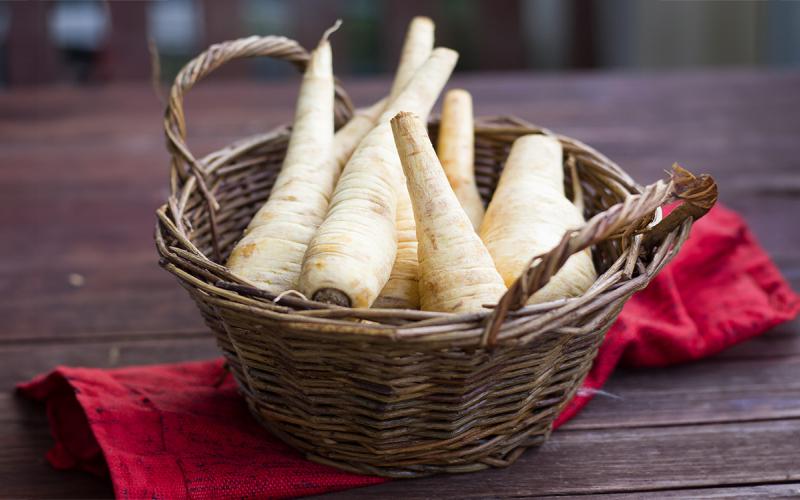
Parsnips: How to Grow It
Parsnips are one of the less-common root crops, closely related to carrots and parsley. Learn some expert tips for planting, growing, and harvesting parsnips in this resource!

Peas: How to Grow It
The most common type of pea in American gardens is the shelling pea, also called the “garden pea” or “English pea.” Tender, sweet peas are removed from thin, tough pods before eating.
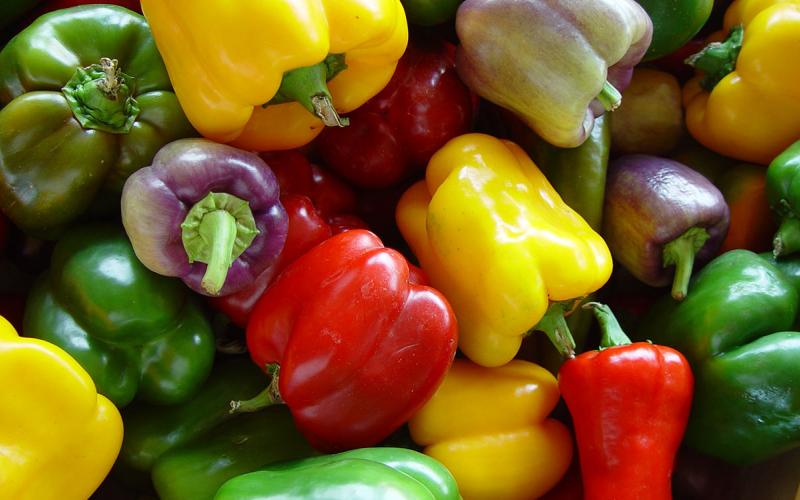
Peppers: How to Grow It
Peppers are heat-loving vegetables that require a long, frost-free season and full sun. Peppers can be sweet or hot, and range in color from green, yellow, orange, red and purple to brown.
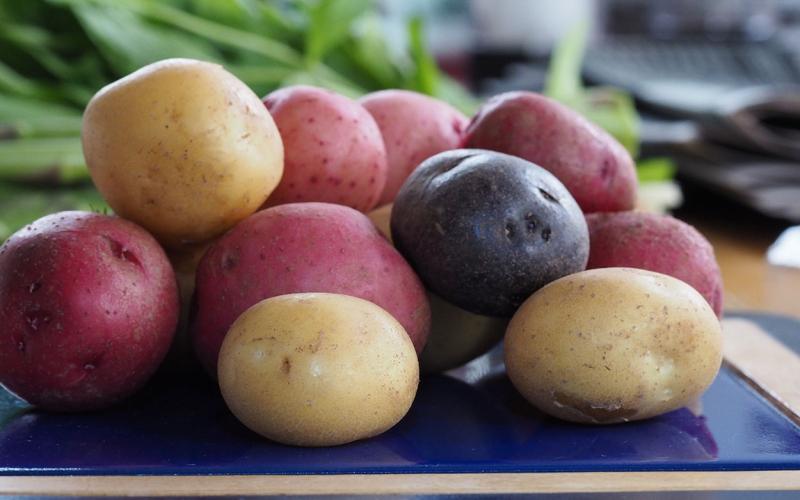
Potatoes: How to Grow It
Potatoes are one of the world’s most-versatile vegetables. Learn how to select, plant and grow and harvest a variety that's right for you with this resource.
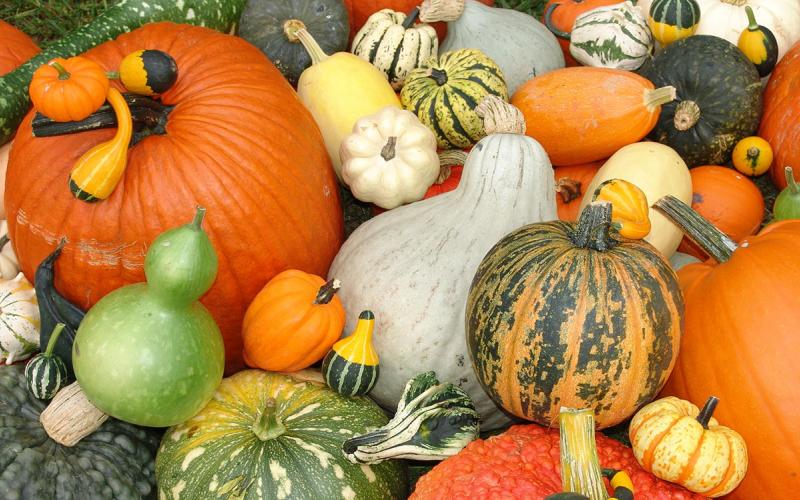
Pumpkins, Winter Squashes and Gourds: How to Grow It
There are many varieties of pumpkins, squashes and gourds available for planting in the garden. Learn how to select, plant, grow and harvest them in this article!
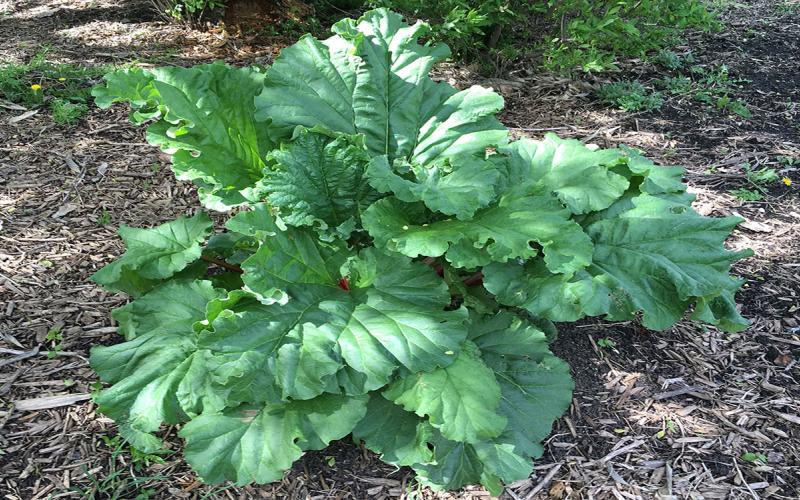
Rhubarb: How to Grow It
Rhubarb is a perennial vegetable that can be very long-lived, often being productive for 20 years or more. Learn some expert tips for planting, growing, and harvesting it in this resource!
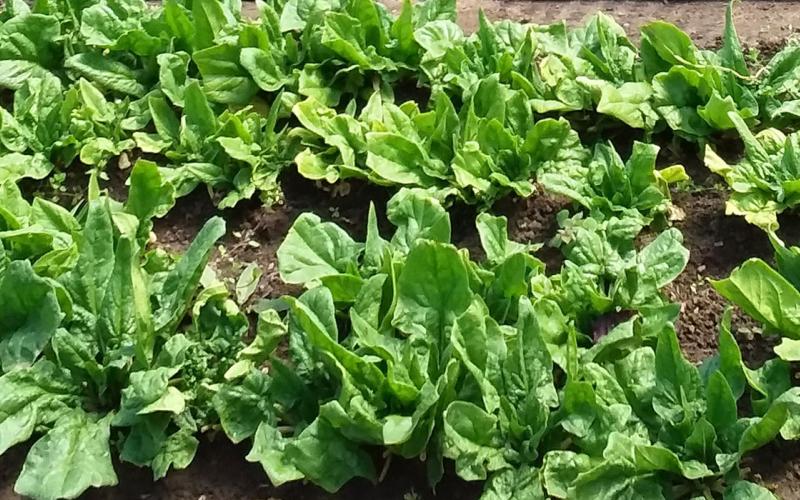
Salad Greens: How to Grow It
Salad greens, grown for their leaves, are cool-season crops. Most salad greens can be planted very early in the spring, and many will germinate in soil temperatures as low as 40° Fahrenheit.
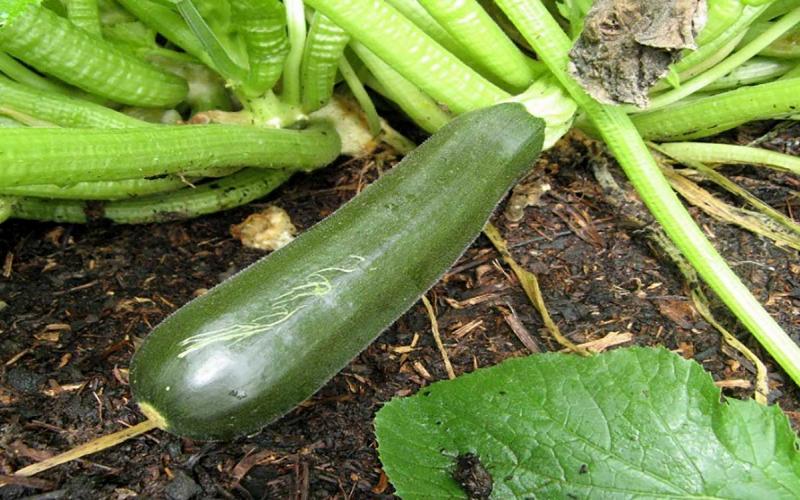
Summer Squash: How to Grow It
There are many types of summer squash, including the familiar zucchini (which can be green, green-striped, or yellow), crookneck, straightneck, patty pan and more.
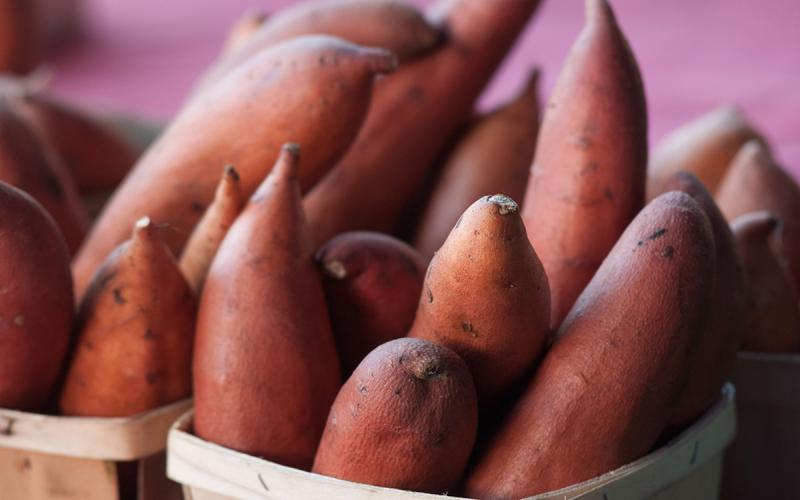
Sweet Potatoes: How to Grow It
Sweet potatoes are native to Central and South America, and their tasty orange flesh is a dietary staple in warm climates. Learn some expert tips for planting, growing, and harvesting them in this resource!
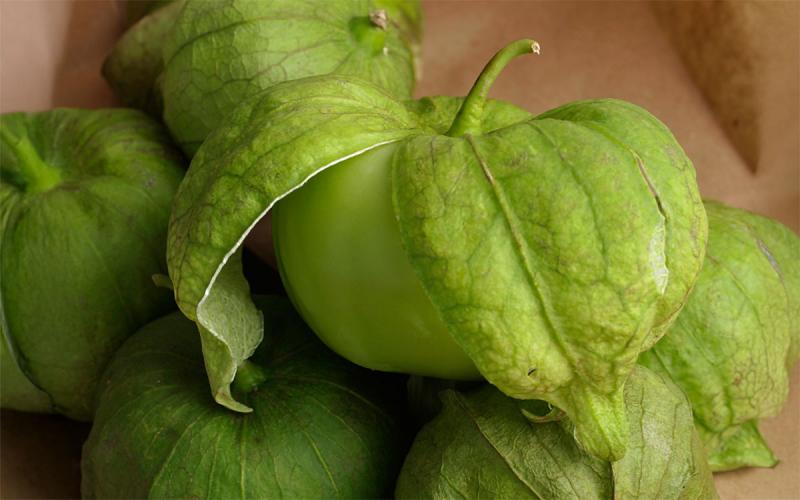
Tomatillo: How to Grow It
Tomatillos are the lesser-known cousin of tomatoes, and they are commonly used in sauces or salsas. Learn some expert tips for planting, growing, and harvesting them in this resource!
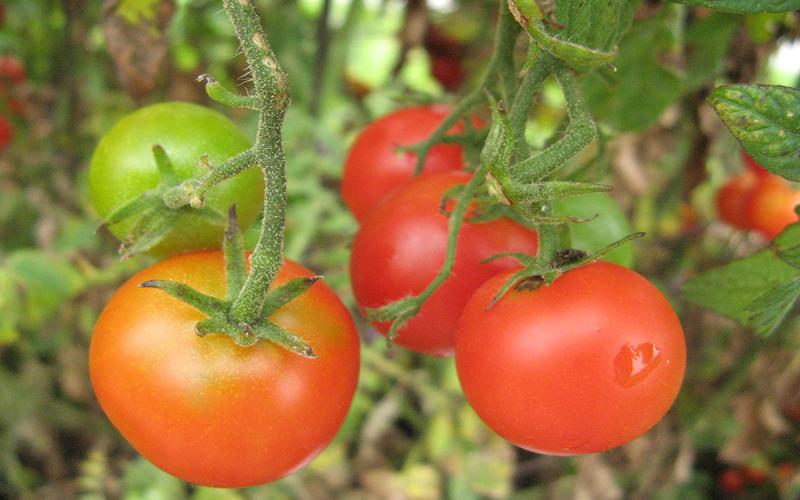
Tomato: How to Grow It
From bite-size grape tomatoes to sliceable beefsteak varieties, learn how to select, plant and grow a wide variety of tomatoes for your garden this growing season!

Melons: How to Grow It
Melons can take quite a bit of garden space throughout the summer, but they reward gardeners with sweet, juicy flavor! Learn how to select, plant and grow them today!
Featured Resources
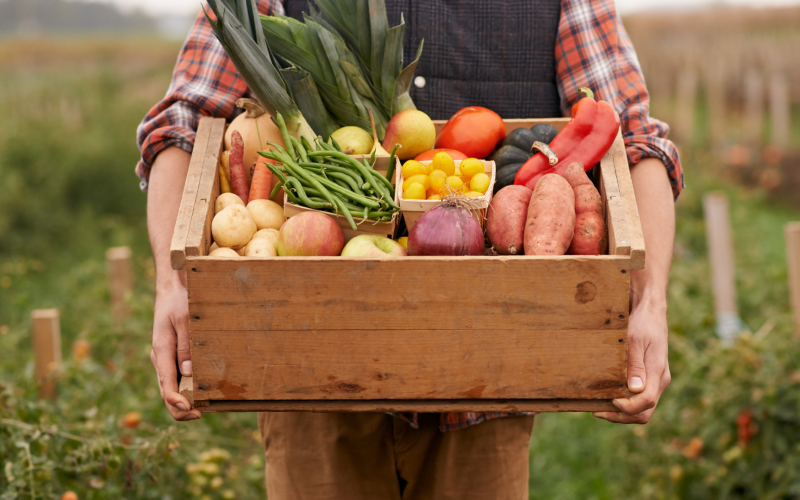
South Dakota Produce Harvest Calendar
A resource highlighting different harvest times for common South Dakota fruits and vegetables.
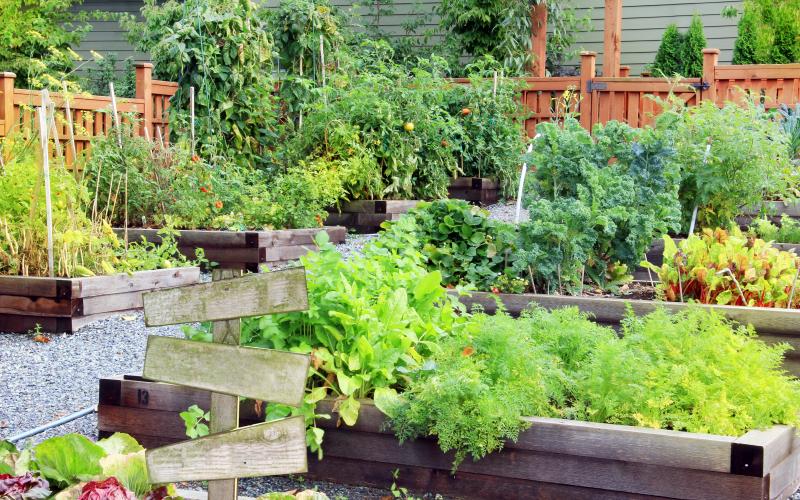
Fertilizing Gardens in South Dakota
Publication about fertilizing gardens in South Dakota
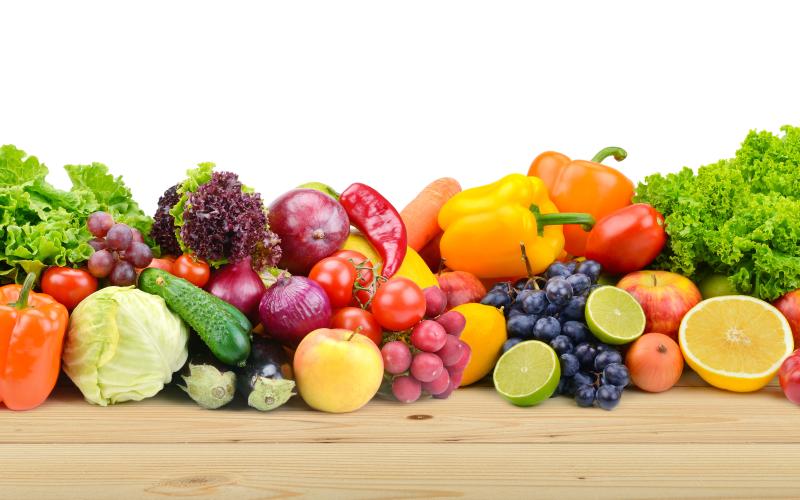
Pick it! Try it! Like it!
Pick it! Try it! Like it! materials are filled with tips for selecting, preparing, and preserving a wide variety of fruits and vegetables.







